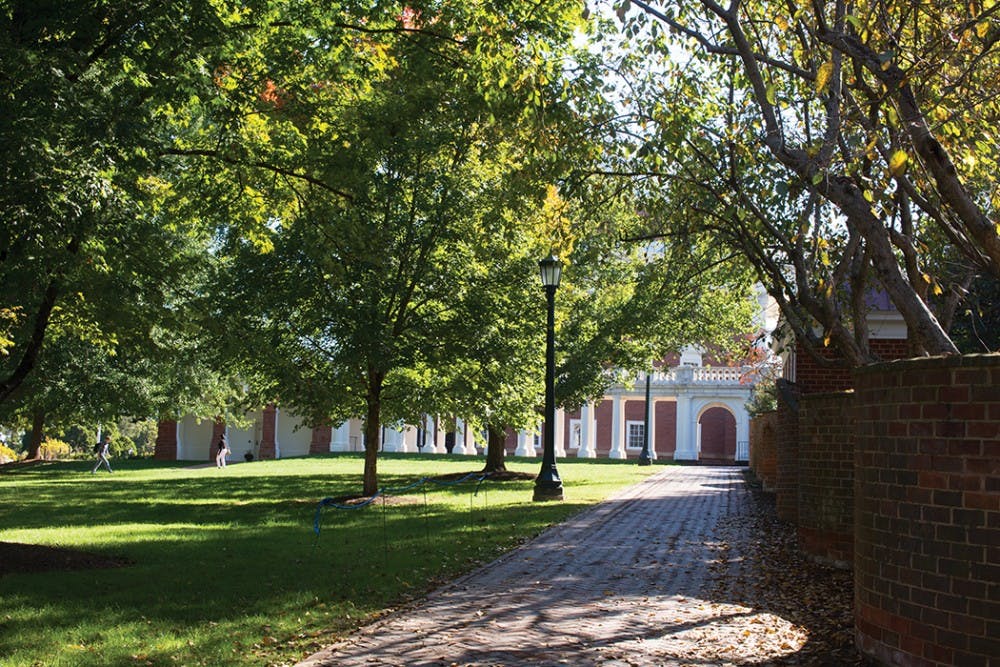Every year, a week of unseasonably warm and dry weather appears — typically in late fall or early winter. A phenomenon known as an Indian summer, this heat spell usually affects people all over the Northern Hemisphere, especially after a frost.
The name “Indian summer” dates back to the 18th century. Many theorists believe it originated from Algonquian Native Americans, who attributed the warmth as a god’s blessing. Others believe it was based on warm autumn weather when Native Americans hunted.
Environmental Science Prof. Robert E. Davis explained that since the name is largely based on folklore, it does not have a scientific equivalent. Despite its unknown etymology, Indian summers can be explained through scientific reasoning.
“The basic idea is you finally get your first cold blast of air that you’ve seen in quite a while,” Davis said. “That moves through, and a few days later you’re getting the warm air behind that. That is usually what is called Indian summer.”
With current advancements in satellites and radar, scientists are easily able to foresee weather patterns, one of which is Indian summers. Davis said the occurrence of Indian summers can be anticipated quite accurately by simply looking at weather forecasts five to 10 days in advance.
This weekend’s sudden rise in temperature is considered an Indian summer.
First-year Engineering student Adam Klein said he believed global warming is the reason why Indian summers are occurring more often.
Whether the two are related is unknown, Davis said, but it would be interesting to investigate.
In spite of its seeming out of the ordinary, Indian summers do not negatively influence the environment and ecosystems in the fall. Instead, they are a part of the natural rhythm of the weather system.
“At this time of the year, most of the leaves are dormant and they’re falling,” Davis said. “So the trees are not really growing a lot. It’s not usual to have a frost or freeze and a warm period after, so I don’t see anything negative there.”
It would be a different story if a similar weather phenomenon occurred in the spring, when plants just begin to grow. Plants would have a hard time growing if a freeze hit only shortly after budding, Davis said. But he did not see any negatives to having a warm period after a cold period in autumn.
Davis researches the seasonality of diseases, and he explained Indian summers are not like the hot and humid conditions in the summer time.
“They [Indian summers] are not debilitating heat and humidity that you see in the prolonged periods of heat and humidity in the summer time,” Davis said. “When I look at the mortality seasonally, we rarely see big mortality or morbidity impacts in the fall.”
Also, with the flu season beginning, Indian summers do not necessarily cause an increase in flu cases. However, Davis reminds students that they can prevent getting the flu if they wash their hands with soap regularly and avoid touching their faces excessively.







